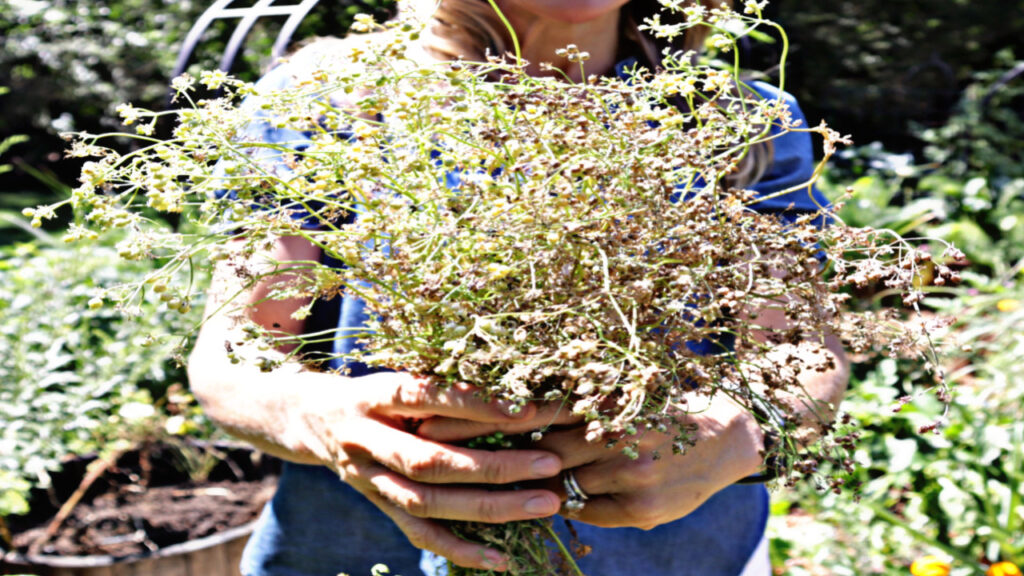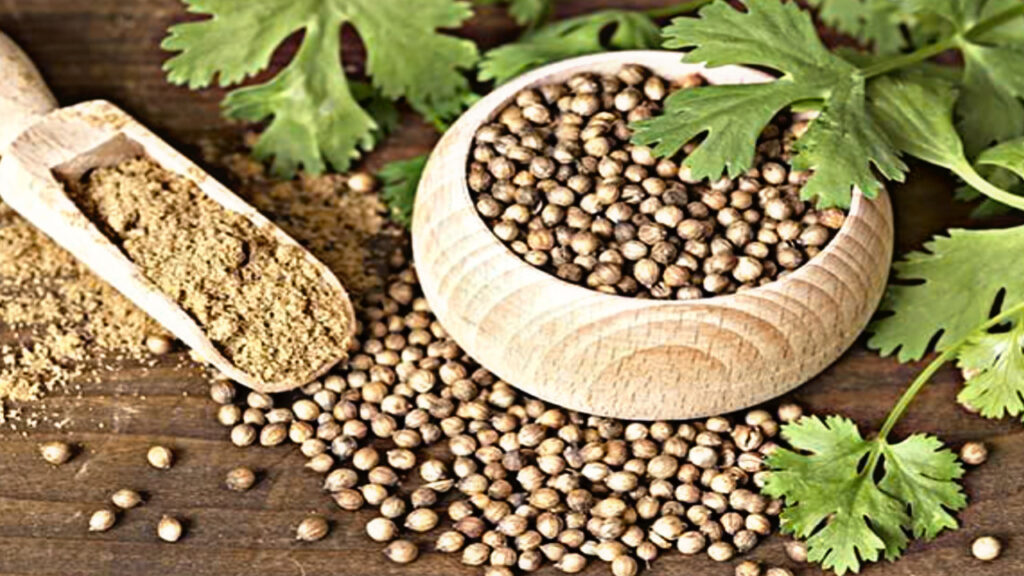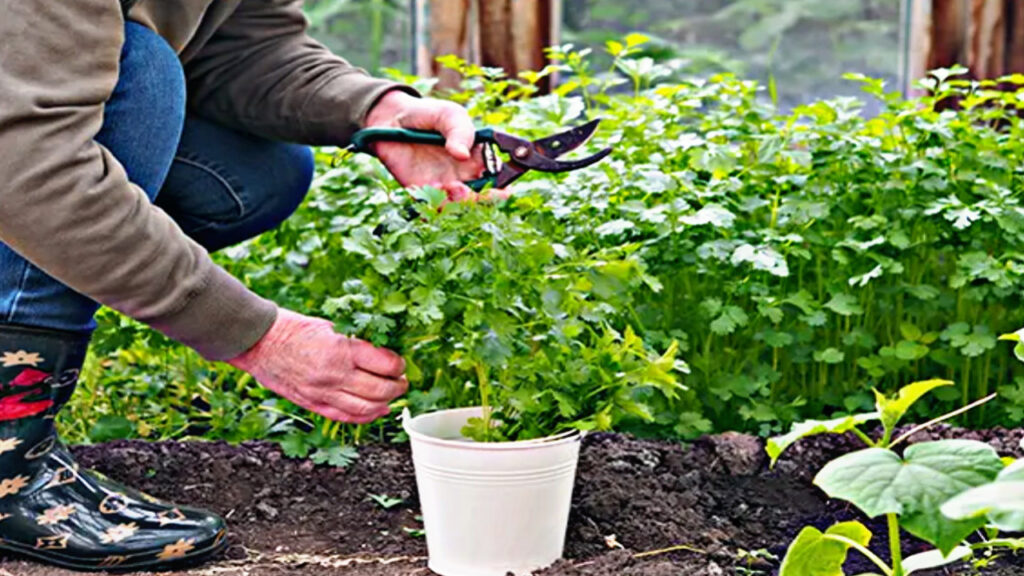Tips
Coriander, also known as cilantro, is a popular herb used in cuisines across the world. Whether it’s the fresh leaves or the seeds, coriander holds a prominent place in the spice and herb market. However, not all coriander plants are the same. Grading coriander correctly helps in ensuring uniform quality and enhances its market value. Whether you’re a small farmer, trader, or hobby grower, here are some practical tips for grading coriander plants.
1. Check for Freshness
Freshness is one of the key indicators of quality, especially when dealing with coriander leaves. Look for vibrant green color and a firm, crisp texture. Avoid bunches with yellowing leaves, slimy stems, or any signs of decay. A fresh aroma is another sign of good-quality coriander. Fresh coriander should have a clean, citrusy scent without any off odors.

2. Uniform Leaf Size and Color
Grading also involves checking for uniformity. The best coriander has evenly sized leaves and a consistent green color throughout. Avoid mixing small, stunted plants with fully grown ones. Uniformity not only looks appealing but also ensures even drying and processing, which is essential if the coriander is being sold dried or used for seed production.
3. Stem Quality
Stems should be tender and not overly thick or woody. In commercial grading, softer stems are preferred, especially for culinary use. Woody or thick stems reduce the quality grade and are generally considered waste. Trim excess roots and remove any damaged or fibrous parts before packaging.

4. Check for Pests and Disease
Inspect the plant for signs of insect damage, mildew, or fungal infection. Spots, holes, or unusual discoloration can be signs of pests or disease. Only healthy plants should be considered for higher grades. This not only protects your product quality but also avoids spreading disease to other produce during transport or storage.
5. Drying and Seed Grading
If you’re grading coriander for seeds, allow the plant to mature fully. Harvest once the seeds turn brown and dry. Clean them properly to remove dust, broken seeds, or foreign matter. High-grade seeds are round, full, and aromatic. Use sieves and airflow separation methods to sort them by size and weight.
6. Packaging and Storage
After grading, package coriander appropriately. For leaves, use breathable, food-grade materials to retain moisture and freshness. For seeds, ensure they are stored in a cool, dry place in airtight containers to avoid loss of aroma and spoilage.
Proper grading of coriander plants helps maintain quality, gain better prices, and build trust with buyers. Following these tips can lead to more efficient processing and a stronger reputation in the market.





